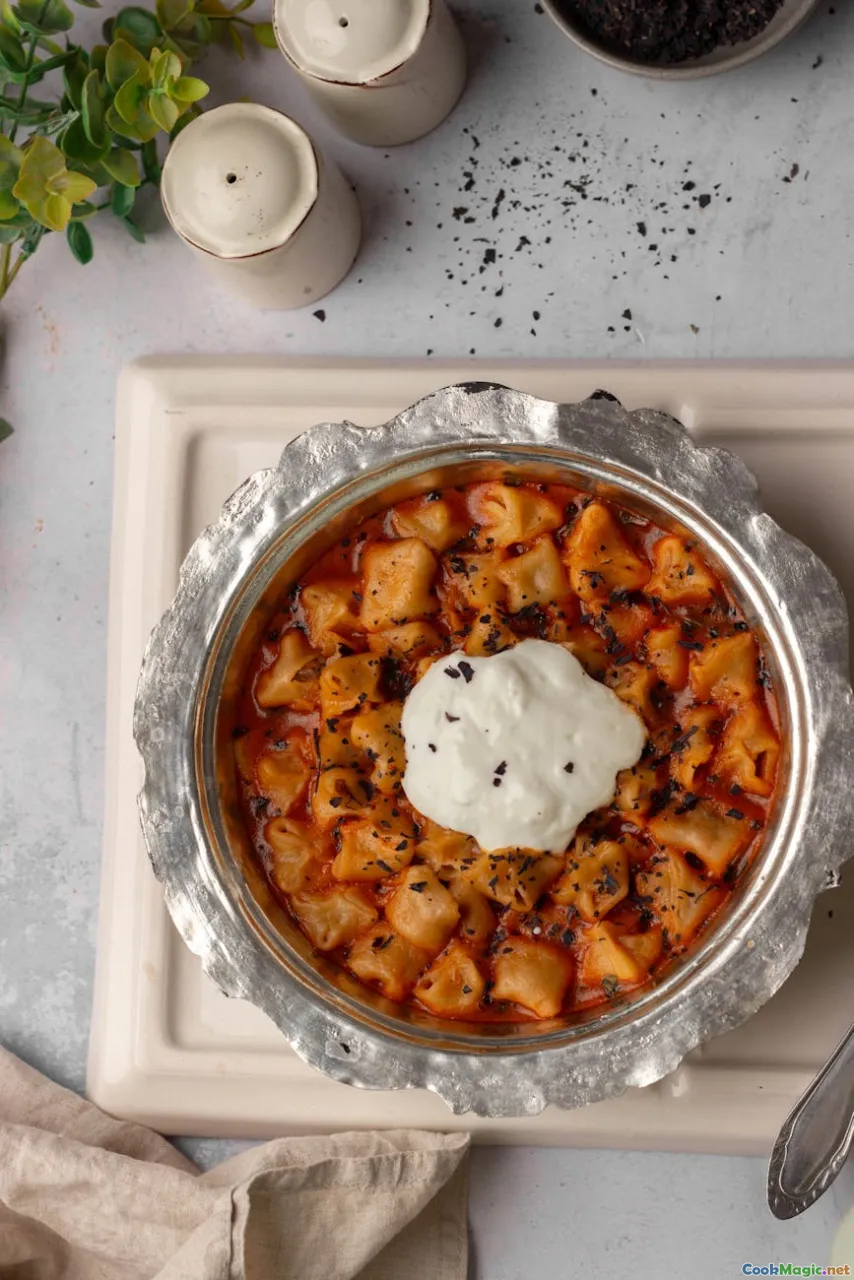The Role of Yogurt in Turkish Savory Dishes
8 min read Discover how yogurt elevates Turkish savory dishes with its rich history, unique flavors, and essential role in authentic culinary traditions. May 01, 2025 13:01
The Role of Yogurt in Turkish Savory Dishes
Turkish cuisine is a vibrant tapestry woven with centuries of history, rich flavors, and culinary artistry. Among its many treasures, yogurt stands out as a fundamental ingredient that transcends mere accompaniment to become a cornerstone of savory dishes. Its cool, tangy essence, combined with its versatility and cultural significance, makes yogurt an irreplaceable element in the Turkish culinary identity.
An Ancient Heritage Rooted in Fermentation
Yogurt's journey in Turkish cuisine dates back thousands of years, with roots intertwined with the nomadic tribes of Central Asia and the Anatolian plateau. Historically, yogurt was not just a food but a survival tool—its fermentation process helped preserve milk in the hot, arid climate, transforming it into a nutritious, longer-lasting staple.
The word "yogurt" itself originates from Turkish and Central Asian languages, emphasizing its deep cultural bond. Over centuries, this humble fermented dairy product evolved from a simple preservation method into an essential ingredient that enriches countless dishes.
The Cultural and Emotional Significance
In Turkey, yogurt embodies more than nutrition; it symbolizes hospitality, health, and tradition. It’s often present on the breakfast table, served alongside fresh bread, olives, and honey, creating a sensory symphony that awakens the palate.
From family gatherings to festive celebrations, serving yogurt-based dishes is a gesture of warmth and generosity. The act of sharing a bowl of thick, creamy yogurt fosters community and connection—an unspoken language of Turkish hospitality.
Sensory Qualities: Texture, Taste, and Aroma
Turkish yogurt is renowned for its velvety texture—thick, smooth, and rich without being overly creamy. Its tangy flavor offers a delightful balance, neither too sharp nor too mild, often accompanied by a subtle nutty aroma.
When incorporated into dishes, yogurt adds a cooling counterpoint that balances the richness of meats and spices, or a refreshing zing that elevates simple vegetables. Its ability to absorb and complement flavors makes it uniquely adaptable.
The Role of Yogurt in Classic Turkish Dishes
1. Cacık: The Refreshing Yogurt and Cucumber Dip
Cacık is perhaps Turkey’s most beloved yogurt-based dish, especially during hot summer months. A harmonious blend of thick Greek-style yogurt, diced cucumbers, minced garlic, fresh dill, and a drizzle of olive oil, it’s served chilled as a side or appetizer.
The coolness of cacık refreshes the palate, while the acidity of yogurt enhances the freshness of cucumbers. It’s a perfect example of how yogurt’s tanginess can elevate simple ingredients into a culinary delight.
2. Yogurt with Spiced Lamb (Yoğurtlu Kebab)
In dishes like Yoğurtlu Kebab, tender chunks of lamb or beef are served over a bed of yogurt infused with garlic and herbs. The yogurt’s acidity cuts through the richness of the meat, creating a balanced, satisfying bite.
This pairing exemplifies the Turkish mastery of combining textures and flavors—succulent meat complemented by cool, tangy yogurt creates a harmony that is both comforting and complex.
3. Beyaz Peynir and Yogurt
Turkish breakfast is incomplete without a generous dollop of yogurt alongside cheese, fresh tomatoes, and olives. The creamy yogurt acts as a neutral, cooling element that enhances the flavors of the salty, tangy cheeses.
4. Yogurt in Lentil and Vegetable Stews
In hearty stews like Mercimek Çorbası (red lentil soup), a swirl of yogurt added just before serving provides a luscious creaminess and a tangy contrast to the earthy flavors of lentils and spices.
5. Yogurt in Pickles and Fermented Condiments
Turkish cuisine also employs yogurt in fermented condiments such as tarator— a cold, yogurt-based sauce with walnuts, garlic, and dill—used as a dip or sauce for grilled meats and vegetables.
Cooking Techniques and Variations
In Turkish cooking, yogurt is often used both raw and cooked, showcasing its adaptability:
- Raw: As a topping, side, or mixed with herbs and spices.
- Cooked:In sauces likeYoğurtlu Sos, where yogurt is gently heated with spices, or in baked dishes like Lavaş with Yogurt.
The key to maintaining yogurt’s creamy integrity during cooking is low heat—direct boiling can cause curdling, so gentle incorporation is essential.
Personal Reflections and Anecdotes
Having traveled extensively across Turkey, I’ve experienced firsthand how yogurt transforms everyday meals into memorable culinary moments. I vividly remember sitting at a small seaside tavern in Çeşme, where a local chef prepared a simple dish of grilled fish topped with a dollop of seasoned yogurt and fresh herbs. The cool, tangy yogurt contrasted perfectly with the smoky, tender fish, creating a sensory harmony that lingered long after the meal.
Similarly, in a bustling Istanbul bazaar, I watched a vendor expertly drizzle thick yogurt over roasted eggplant and spices, turning humble vegetables into a feast for the senses. These experiences underscore yogurt’s role not just as an ingredient but as a cultural connector—linking generations, regions, and recipes.
Conclusion: More Than Just a Dairy Product
Yogurt’s significance in Turkish savory dishes extends beyond its culinary properties. It’s a symbol of health, tradition, and community, woven into the fabric of daily life. Its versatility allows it to shine in a variety of contexts—from cooling dips to hearty stews—enhancing flavors with its unique tang and luxurious texture.
Whether enjoyed simply with bread or as part of a complex dish, yogurt remains an essential, beloved element of Turkish cuisine. It’s a testament to how a humble fermented dairy product can elevate an entire culinary culture, offering both nourishment and a sense of belonging.
So next time you savor a Turkish dish featuring yogurt, remember the centuries of history, the cultural stories, and the sensory magic that this humble ingredient brings to the table. It’s more than just food; it’s a tradition—alive and thriving in every spoonful.









